

UNIRANDOM
is four year long scientific project starting in January 2018, financed
by the French ANR
agency
(Agence Nationale de la Recherche) in the framework of the national
program ANR JCJC. The project is coordinated by Guillaume Poly in the
University of Rennes 1 and gathers five young researchers with a common
solid background in probability theory but also complementary domains
of expertise. As the logo above suggests, the acronym
UNIRANDOM stands for Universality
for random nodal domains.
DESCRIPTION OF THE PROJECT
Nodal sets, i.e. vanishing loci of
functions, are central objects in
mathematics. Understanding the main features of a purely deterministic
nodal set is generally out of reach, as illustrated by several
celebrated open problems, such as Hilbert’s sixteenth problem or Yau’s
conjecture. In order to capture the typical behavior of an object, one
is thus tempted to randomize, which reduces here to consider nodal sets
associated to random functions. Computing expected values, variances or
else fluctuations around the mean of the considered nodal functionals,
and in particular understanding their asymptotic behavior as the amount
of noise goes to infinity, is then a true wealth of information about
the possible deterministic behaviors. Besides, randomization of nodal
sets is also strongly motivated by deep physical insights, such as the
celebrated Berry’s conjecture.
In this framework, the project UNIRANDOM is mainly focused on universality results, that is, asymptotic properties of random level sets, holding regardless of the specific nature of the randomness involved. Establishing such universal properties for random zero sets allows one to manage what would be otherwise inextricable objects in a purely deterministic setting, which explains the tremendous importance of this area of research.
The project concentrates on four main multidimensional models of random nodal sets which find their roots in various and rich domains of mathematics and physics, namely: A. Nodal domains associated to random eigenfunctions on generic Riemannian compact manifolds, B. Arithmetic random waves, C. Random algebraic manifolds, D. Periodic random fields. This project is thus intrinsically multidisciplinary and brings together five young researchers with a common solid background in probability theory but also complementary domains of expertise. Furthermore, our project is particularly ambitious and innovative since the question of universality, although well understood for several models in dimension one, has hardly been investigated in multidimensional frameworks.
In this framework, the project UNIRANDOM is mainly focused on universality results, that is, asymptotic properties of random level sets, holding regardless of the specific nature of the randomness involved. Establishing such universal properties for random zero sets allows one to manage what would be otherwise inextricable objects in a purely deterministic setting, which explains the tremendous importance of this area of research.
The project concentrates on four main multidimensional models of random nodal sets which find their roots in various and rich domains of mathematics and physics, namely: A. Nodal domains associated to random eigenfunctions on generic Riemannian compact manifolds, B. Arithmetic random waves, C. Random algebraic manifolds, D. Periodic random fields. This project is thus intrinsically multidisciplinary and brings together five young researchers with a common solid background in probability theory but also complementary domains of expertise. Furthermore, our project is particularly ambitious and innovative since the question of universality, although well understood for several models in dimension one, has hardly been investigated in multidimensional frameworks.
MEMBERS OF THE PROJECT
Guillaume Poly
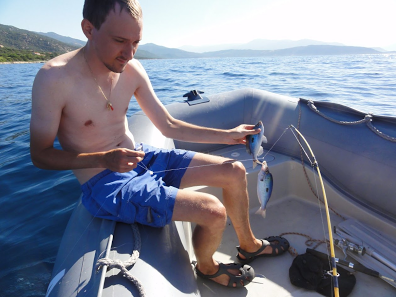
Jürgen Angst

Rafik Imekraz
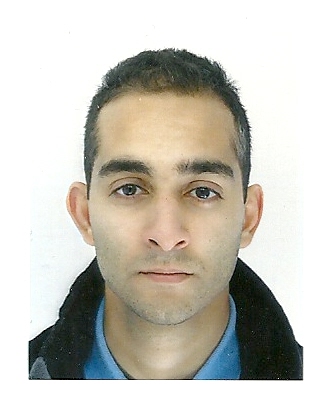
Thomas Letendre

Maurizia Rossi
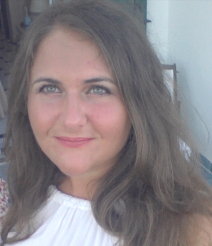
PUBLICATIONS
R. Imekraz, Multidimensional Paley-Zygmund theorems and sharp Lp estimates for some elliptic operators,
To be published in Annales de l'Institut Fourier
https://hal.archives-ouvertes.fr/hal-01572331
J. Angst and G. Poly, On the absolute continuity of random nodal volumes,
Submitted
https://arxiv.org/abs/1811.04795
V. Bally, L. Caramellino,and G. Poly, Non universality for the variance of the number of real roots of random trigonometric polynomials,
Probability Theory and Related Fields
https://link.springer.com/article/10.1007/s00440-018-0869-2
J. Angst, F. Dalmao and G. Poly, On the real zeros of random trigonometric polynomials with dependent coefficients,
Proc. Amer. Math. Soc. 147 (2019), 205-214
http://www.ams.org/journals/proc/2019-147-01/S0002-9939-2018-14216-1/
J. Angst, V.H. Pham and G. Poly, Universality of the nodal length of bivariate trigonometric polynomials,
Trans. Amer. Math. Soc (2018),
https://doi.org/10.1090/tran/7255
T. Letendre, Variance of the volume of random real algebraic submanifolds,
Trans. Amer. Math. Soc. (2018),
https://doi.org/10.1090/tran/7478
T. Letendre et M. Puchol, Variance of the volume of random real algebraic submanifolds II,
Indiana Univ. Math. J., to be published
arXiv:1707.09771
R. Imekraz, Concentration et randomisation universelle de sous-espaces propres
Analysis & PDE (2018), 11(2), pages 263-350,
https://projecteuclid.org/euclid.apde/1513774507
F. Dalmao, I. Nourdin, G. Peccati, M. Rossi: Phase singularities in complex arithmetic random waves.
Electronic Journal of Probability (in press).
http://arxiv.org/abs/1608.05631
I. Nourdin, G. Peccati, M. Rossi: Nodal statistics of planar random waves.
Communications in Mathematical Physics (in press).
https://doi.org/10.1007/s00220-019-03432-5
D. Marinucci, M. Rossi, I. Wigman: The asymptotic equivalence of the sample trispectrum and the nodal length for random spherical harmonics.
Annales de l’Institut Henri Poincaré, Probabilités et Statistiques (in press).
https://arxiv.org/pdf/1705.05747.pdf
M. Rossi: The defect of random hyperspherical harmonics.
Journal of Theoretical Probability (in press).
https://link.springer.com/article/10.1007/s10959-018-0849-6
M. Rossi, I. Wigman: Asymptotic distribution of nodal intersections for arithmetic random waves.
Nonlinearity, 31, 4472 (2018).
http://iopscience.iop.org/article/10.1088/1361-6544/aaced4
G. Peccati, M. Rossi: Quantitative limit theorems for local functionals of arithmetic random waves.
Computation and Combinatorics in Dynamics, Stochastics and Control, The Abel Symposium, Rosendal, Norway, August 2016, 13, 659-689 (2018).
https://www.springer.com/gp/book/9783030015923#
S. Campese, D. Marinucci, M. Rossi: Approximate normality of high-energy hyperspherical eigenfunctions.
Journal of Mathematical Analysis and Applications, 461, 1, 500–522 (2018).
https://www.sciencedirect.com/science/article/pii/S0022247X17310521
J. Angst and G. Poly, On the Pulperia theorem for dependant variables
arXiv:1802.007
To be published in Annales de l'Institut Fourier
https://hal.archives-ouvertes.fr/hal-01572331
J. Angst and G. Poly, On the absolute continuity of random nodal volumes,
Submitted
https://arxiv.org/abs/1811.04795
V. Bally, L. Caramellino,and G. Poly, Non universality for the variance of the number of real roots of random trigonometric polynomials,
Probability Theory and Related Fields
https://link.springer.com/article/10.1007/s00440-018-0869-2
J. Angst, F. Dalmao and G. Poly, On the real zeros of random trigonometric polynomials with dependent coefficients,
Proc. Amer. Math. Soc. 147 (2019), 205-214
http://www.ams.org/journals/proc/2019-147-01/S0002-9939-2018-14216-1/
J. Angst, V.H. Pham and G. Poly, Universality of the nodal length of bivariate trigonometric polynomials,
Trans. Amer. Math. Soc (2018),
https://doi.org/10.1090/tran/7255
T. Letendre, Variance of the volume of random real algebraic submanifolds,
Trans. Amer. Math. Soc. (2018),
https://doi.org/10.1090/tran/7478
T. Letendre et M. Puchol, Variance of the volume of random real algebraic submanifolds II,
Indiana Univ. Math. J., to be published
arXiv:1707.09771
R. Imekraz, Concentration et randomisation universelle de sous-espaces propres
Analysis & PDE (2018), 11(2), pages 263-350,
https://projecteuclid.org/euclid.apde/1513774507
F. Dalmao, I. Nourdin, G. Peccati, M. Rossi: Phase singularities in complex arithmetic random waves.
Electronic Journal of Probability (in press).
http://arxiv.org/abs/1608.05631
I. Nourdin, G. Peccati, M. Rossi: Nodal statistics of planar random waves.
Communications in Mathematical Physics (in press).
https://doi.org/10.1007/s00220-019-03432-5
D. Marinucci, M. Rossi, I. Wigman: The asymptotic equivalence of the sample trispectrum and the nodal length for random spherical harmonics.
Annales de l’Institut Henri Poincaré, Probabilités et Statistiques (in press).
https://arxiv.org/pdf/1705.05747.pdf
M. Rossi: The defect of random hyperspherical harmonics.
Journal of Theoretical Probability (in press).
https://link.springer.com/article/10.1007/s10959-018-0849-6
M. Rossi, I. Wigman: Asymptotic distribution of nodal intersections for arithmetic random waves.
Nonlinearity, 31, 4472 (2018).
http://iopscience.iop.org/article/10.1088/1361-6544/aaced4
G. Peccati, M. Rossi: Quantitative limit theorems for local functionals of arithmetic random waves.
Computation and Combinatorics in Dynamics, Stochastics and Control, The Abel Symposium, Rosendal, Norway, August 2016, 13, 659-689 (2018).
https://www.springer.com/gp/book/9783030015923#
S. Campese, D. Marinucci, M. Rossi: Approximate normality of high-energy hyperspherical eigenfunctions.
Journal of Mathematical Analysis and Applications, 461, 1, 500–522 (2018).
https://www.sciencedirect.com/science/article/pii/S0022247X17310521
J. Angst and G. Poly, On the Pulperia theorem for dependant variables
arXiv:1802.007
EVENTS - CONFERENCE 2019
Within the four years of the project
UNIRANDOM, we plan to organize several workshops and two international
conferences. The first international conference will take place in
Rennes, on the week 9-13 September 2019. It will gather specialists
from various mathematical disciplines such as algebraic geometry,
spectral analysis, probability theory or else mathematical physics that
share a common interest in the study of random nodal domains and their
geometric, analytic or probabilistic properties.
The participants will expose their last results on the subject during 40 minutes talks. We will favour discussions and networking in a friendly atmosphere to encourage future collaborations.
For more information, please visit the dedicated website at the address
The participants will expose their last results on the subject during 40 minutes talks. We will favour discussions and networking in a friendly atmosphere to encourage future collaborations.
For more information, please visit the dedicated website at the address
GALLERY
Here are some pictures of simulations of
random nodal domains.
Click on the images to make them bigger

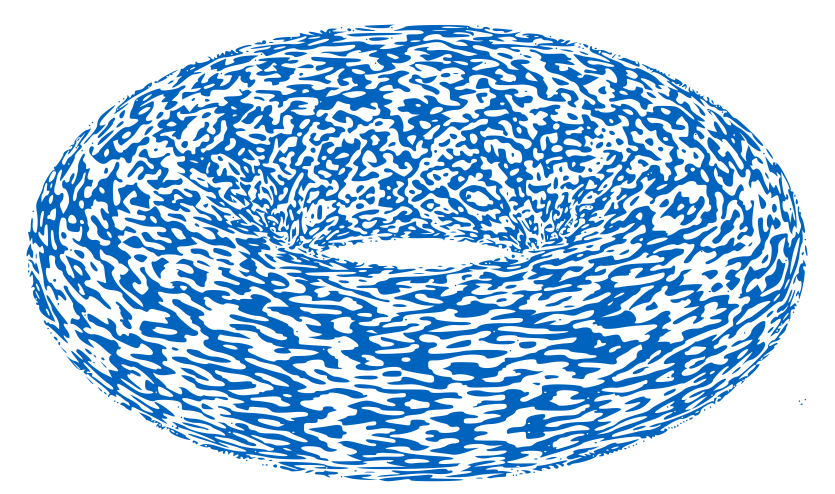
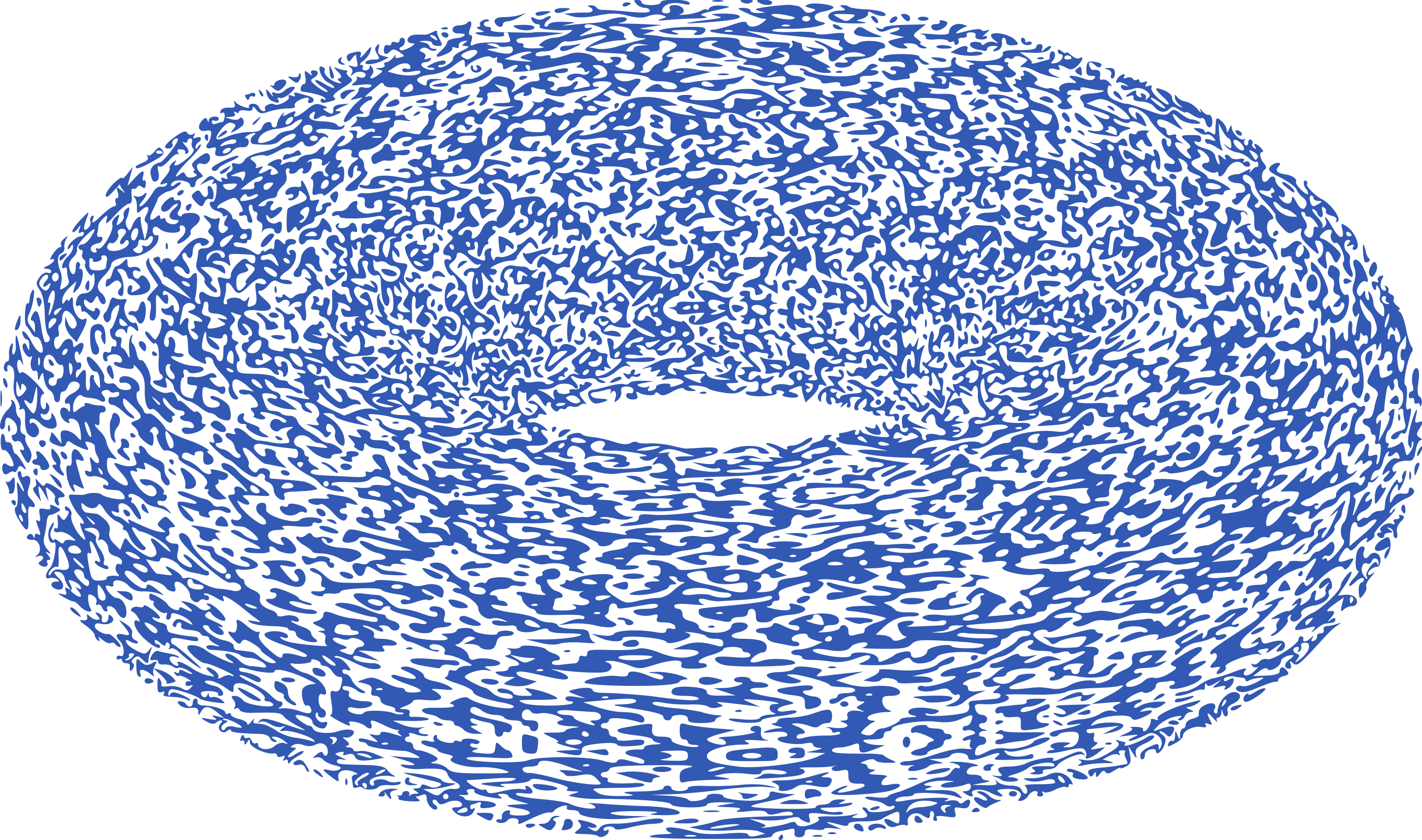
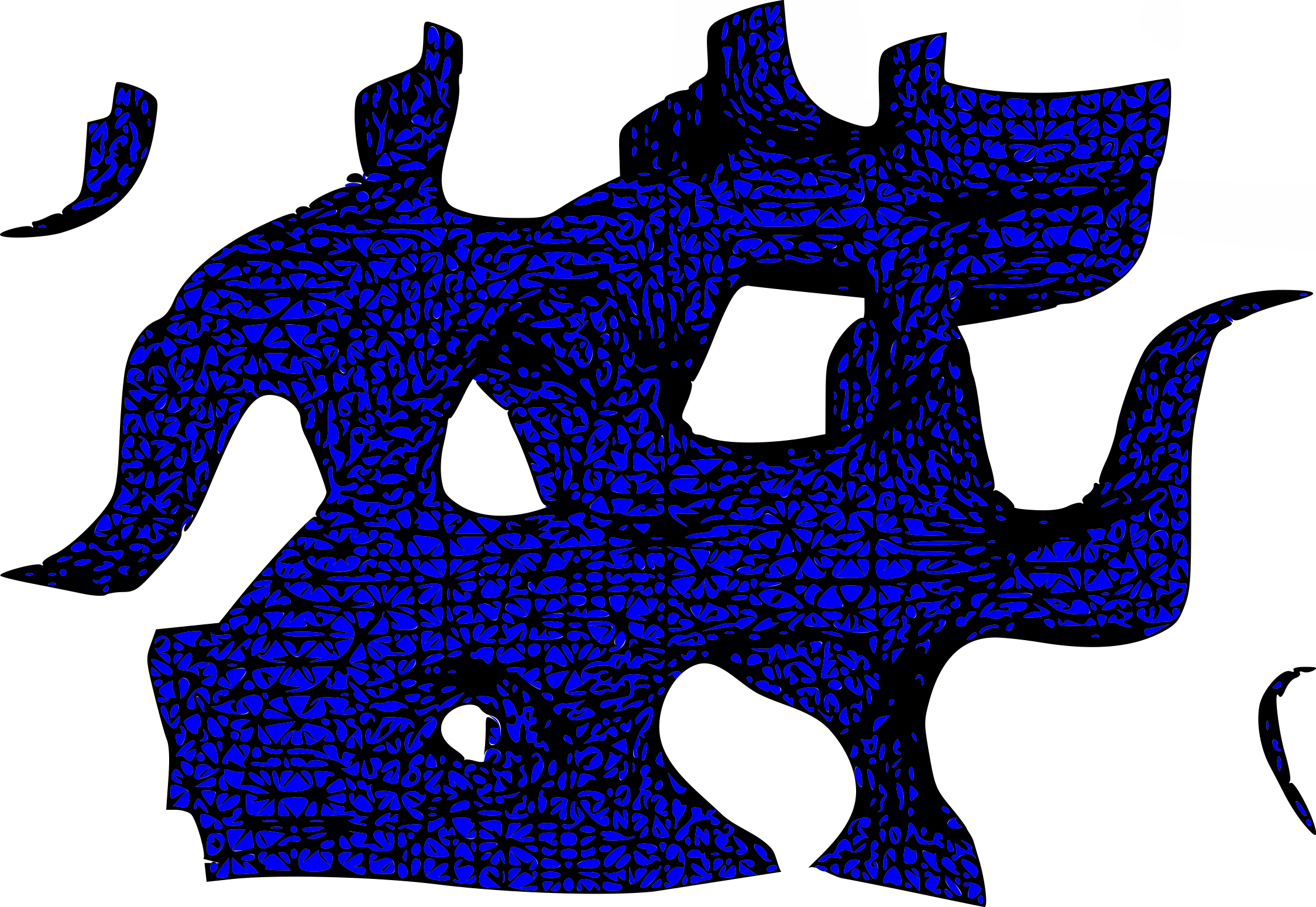
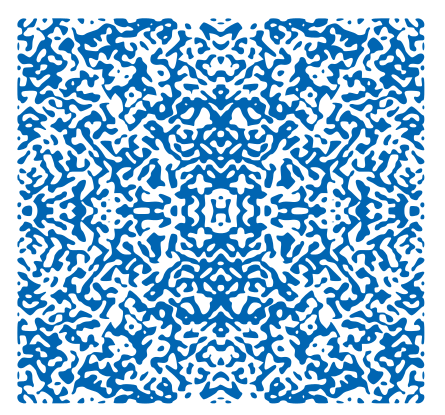
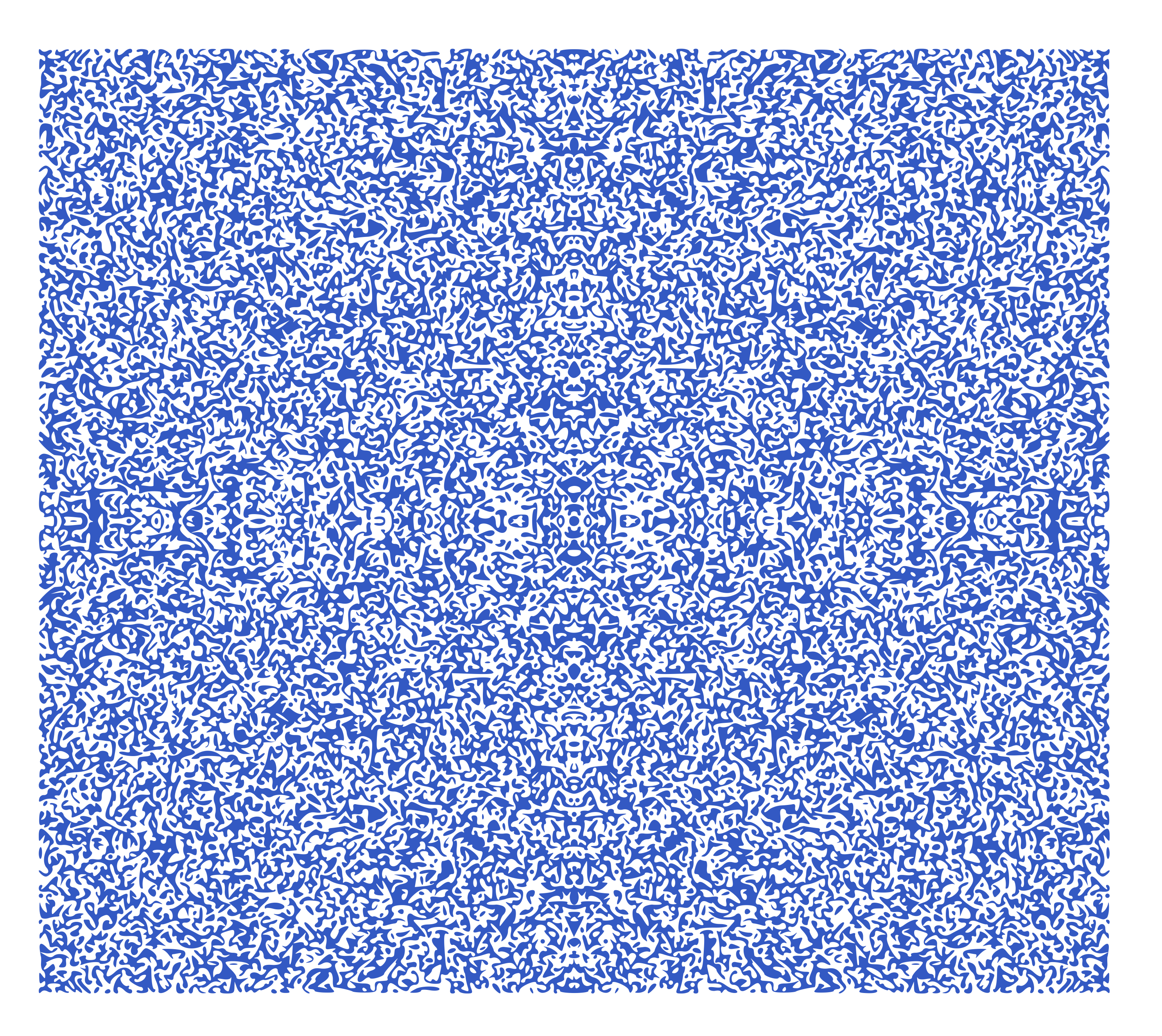
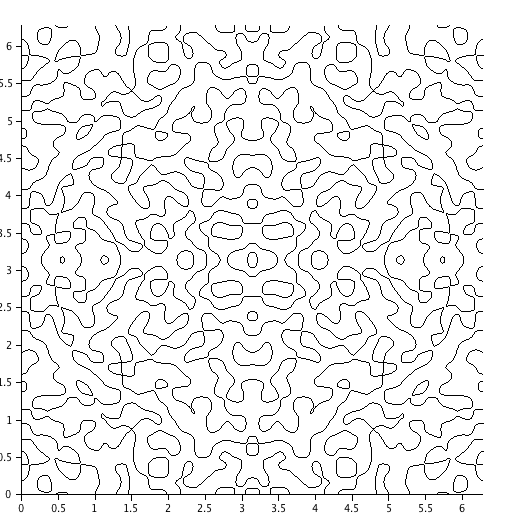
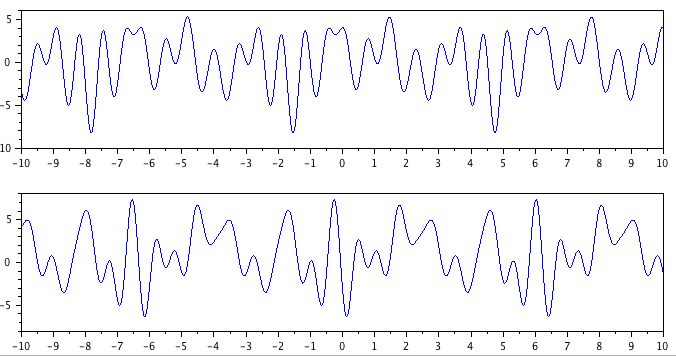
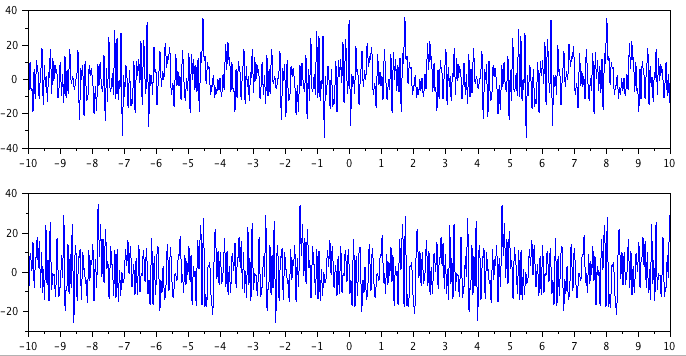
CONTACT




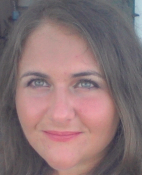
THE PROJECT  IS FUNDED BY
IS FUNDED BY


Mentions légales :
Le présent site, conformément à la loi n° 78-17 du 6 janvier 1978
modifiée relative à l'informatique, aux fichiers et aux libertés et à
la loi n°2004-575 du 21 juin 2004 pour la confiance dans l'économie
numérique, est la propriété de l'Université de Rennes 1.
Responsable technique, éditorial et le directeur de la publication : Jürgen Angst.
Powered by w3.css